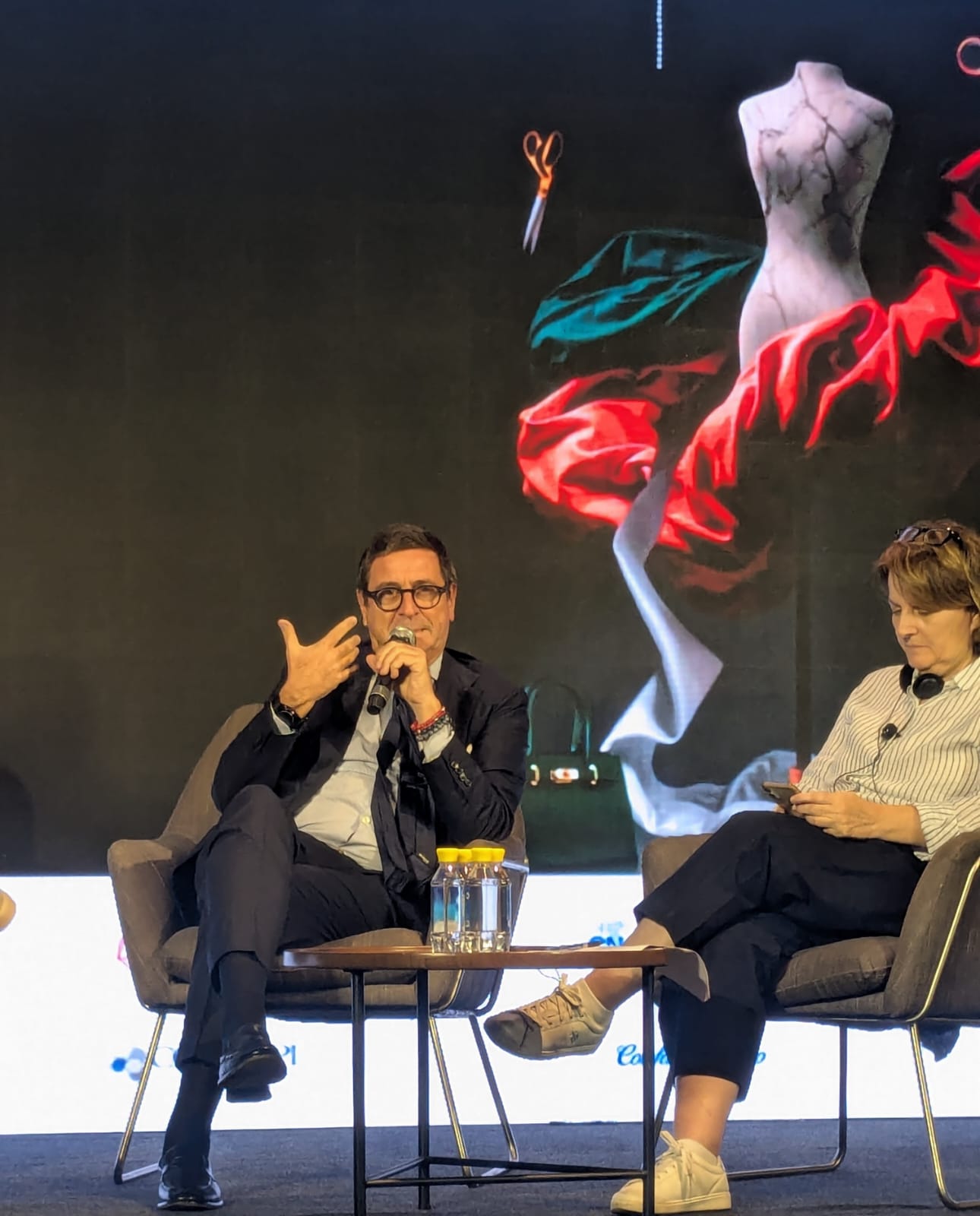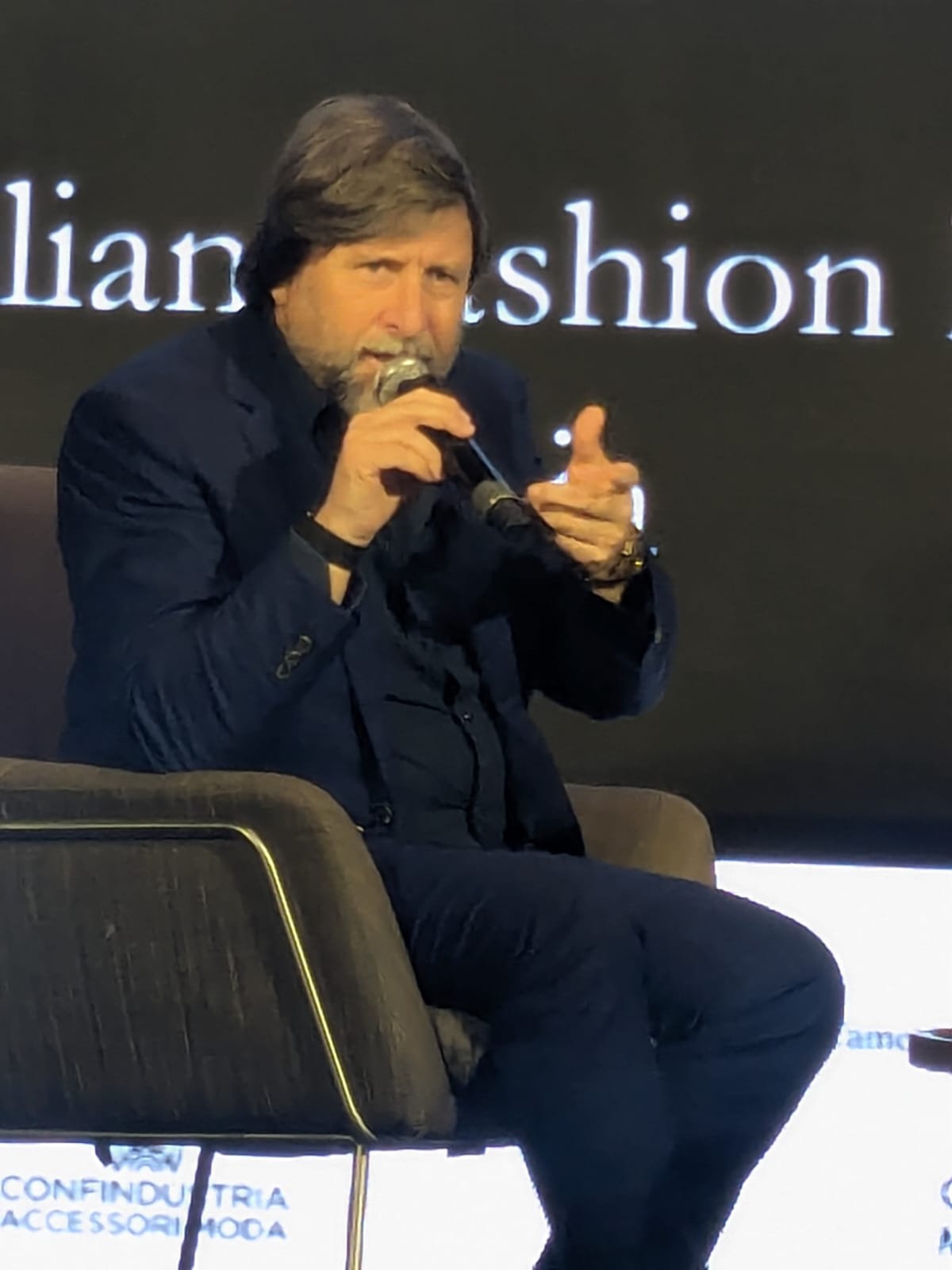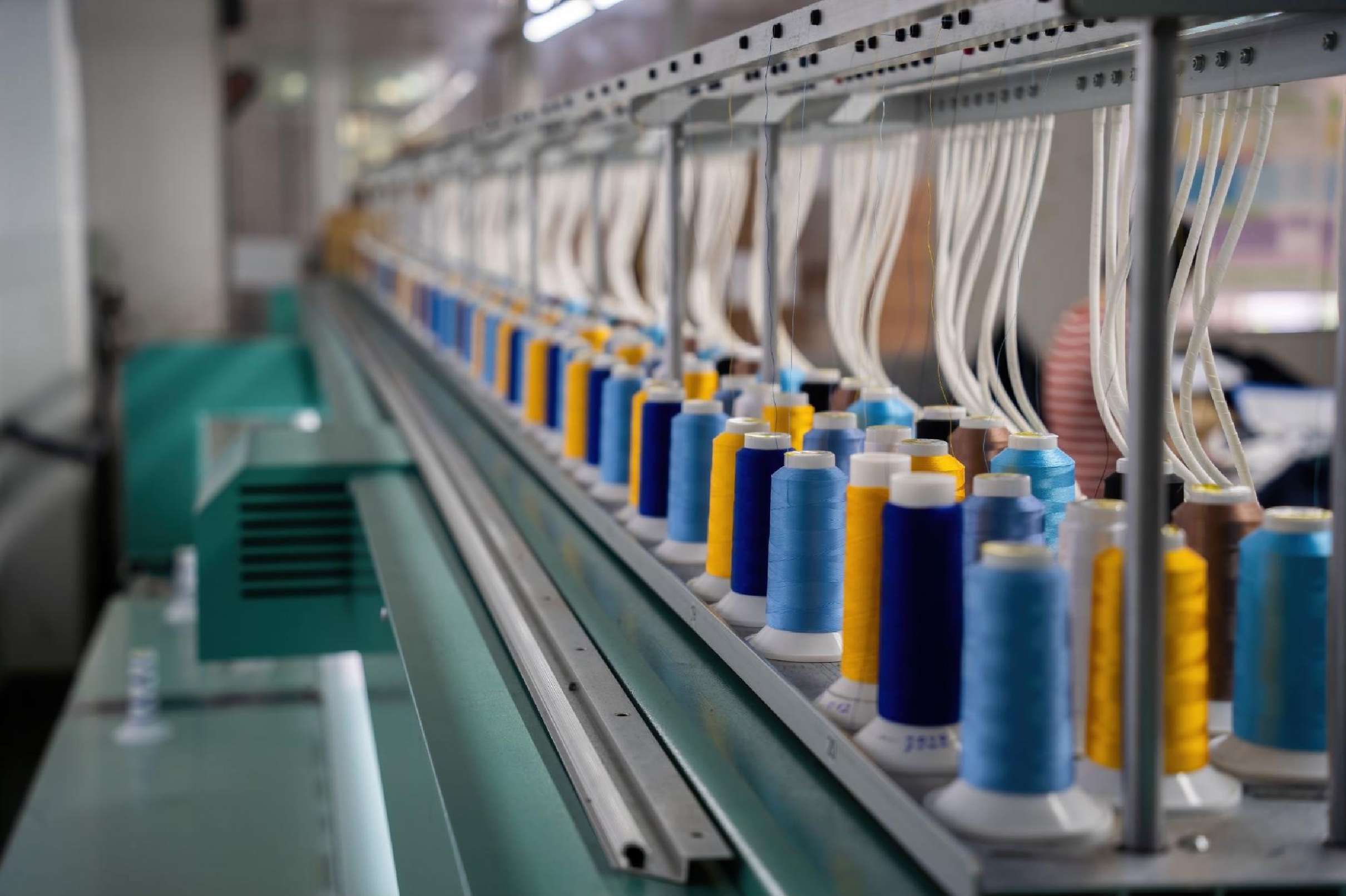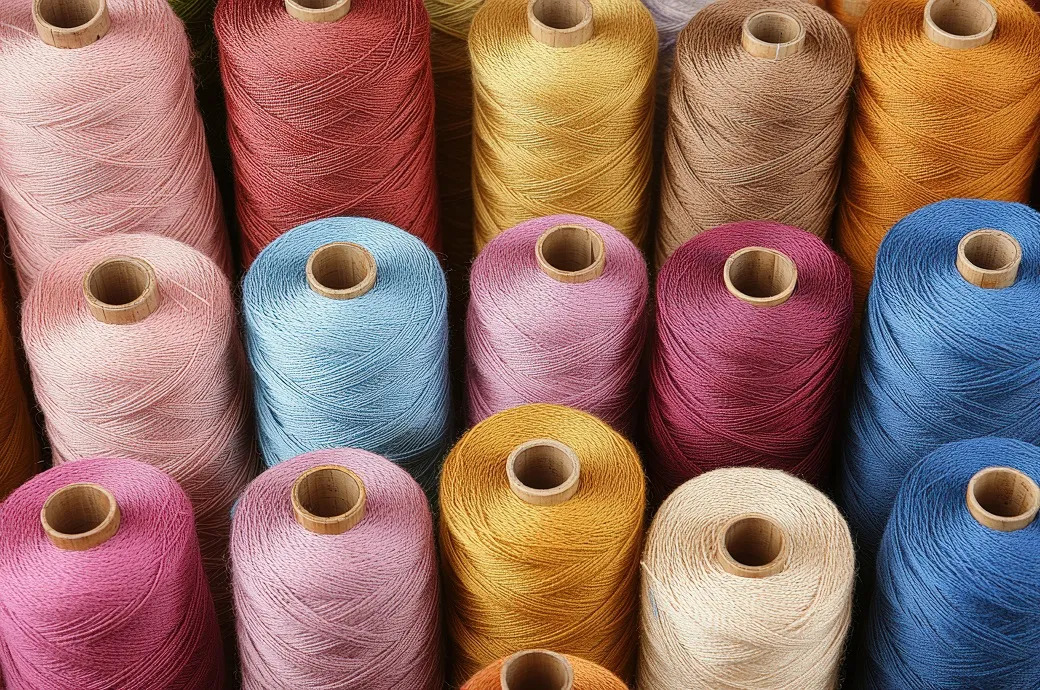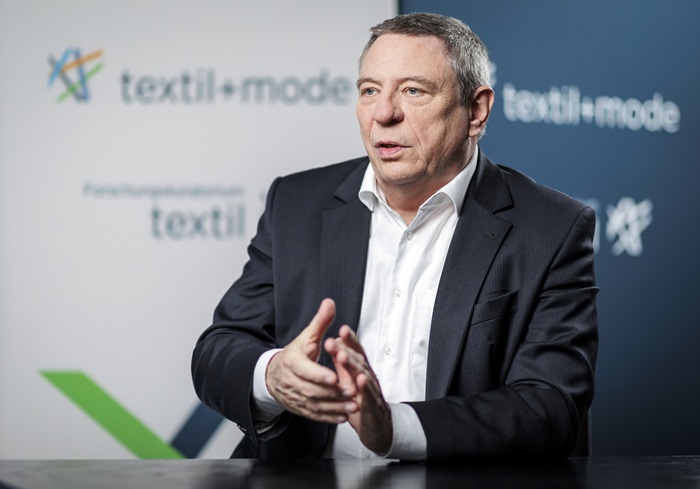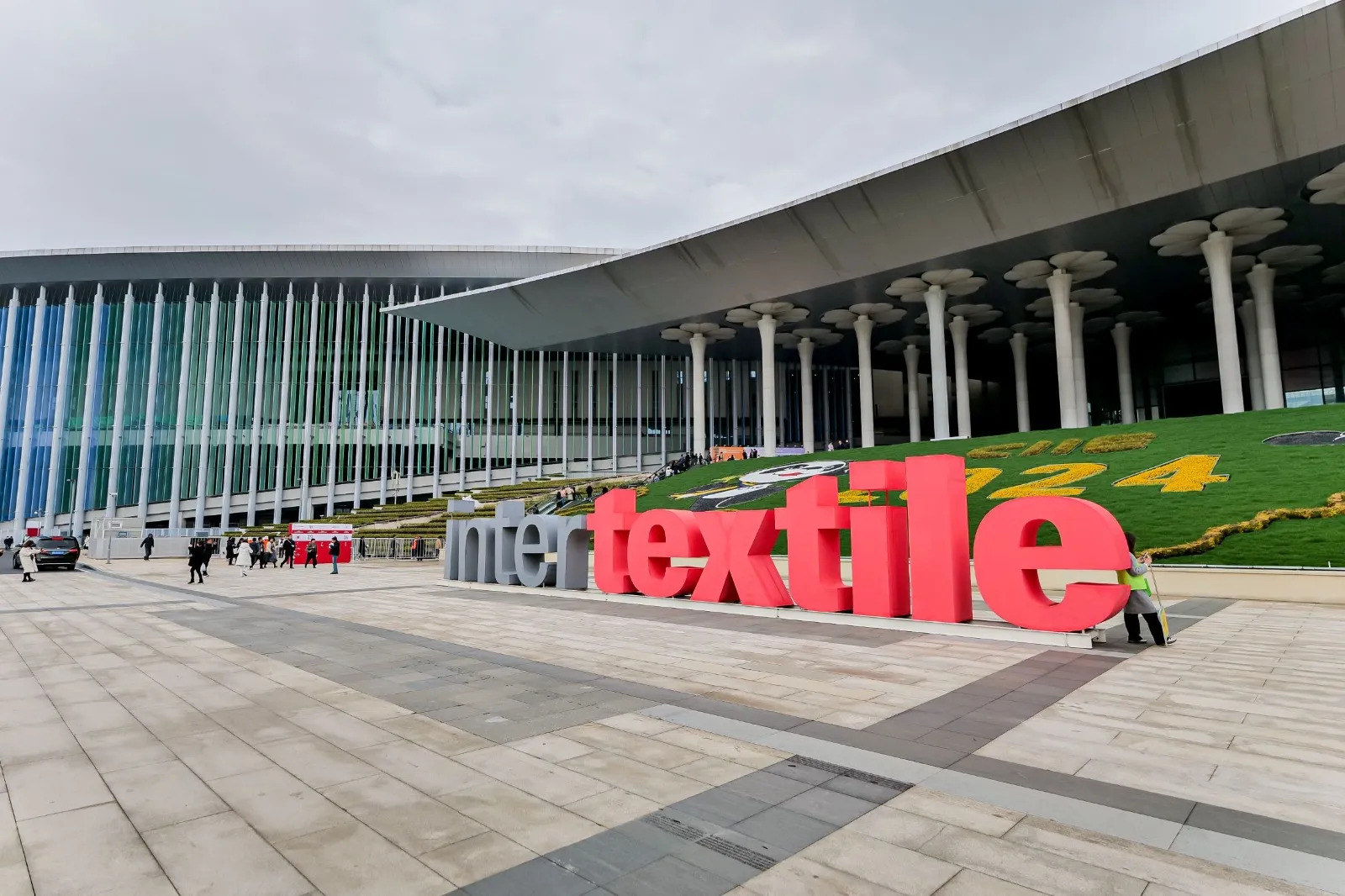FW

A recent analysis of global garment import trends from 2013 to 2024 reveals a divergence in strategies and market dynamics between the European Union and the US. While the EU has consistently increased its garment imports, revealing a growing appetite for international textiles, the US market has largely remained stagnant, and in some areas, even seen a decline. This contrasting picture points to a reshaping of the global garment trade, with implications for both importing blocs and exporting nations.
A tale of two markets
From 2013 to 2024, EU garment imports have shown a consistent upward trajectory, with substantial growth. In stark contrast, US garment imports have largely fluctuated, ending the period at levels similar to where they began.
Table: Global garment imports: EU vs US ($ millions)
|
Year |
EU imports ($ mn) |
US imports ($ mn) |
Trend (2013-24) |
|
2013 |
105,000 |
80,000 |
EU: Significant Increase |
|
2024 |
152,000 |
80,000 |
US: Remained Stable |
Data approximated from source PDF.
Shifting sourcing strategies
The divergence becomes even clearer when examining specific exporting nations. Below is a simplified overview of garment import data for the EU and US from various countries, highlighting the start (2013) and end (2024) values, along with a general trend summary.
Table: Country-specific garment imports: EU vs US ($ mn)
|
Country |
Imports in 2013 (EU) |
Imports in 2024 (EU) |
EU Trend |
Imports in 2013 (US) |
Imports in 2024 (US) |
US Trend |
|
China |
37000 |
34500 |
Remained Steady |
29500 |
15500 |
Declined |
|
Bangladesh |
13000 |
27500 |
Significant Increase |
5000 |
7000 |
Slight Increase |
|
Vietnam |
2700 |
7000 |
Increased |
7800 |
15000 |
Significant Increase |
|
Cambodia |
2200 |
6500 |
Significant Increase |
2500 |
3800 |
Increased |
|
Pakistan |
1600 |
4500 |
Significant Increase |
1400 |
2200 |
Increased |
|
Sri Lanka |
1200 |
2100 |
Increased |
1650 |
1650 |
Remained Stable |
|
Myanmar |
150 |
3300 |
Significant Increase |
20 |
200 |
Slight Increase |
|
Morocco |
3200 |
4500 |
Increased |
100 |
300 |
Slight Increase |
|
Turkey |
11500 |
13800 |
Increased |
500 |
1250 |
Increased |
|
Tunisia |
2900 |
2950 |
Remained Stable |
150 |
300 |
Increased |
|
UK |
2900 |
1600 |
Declined |
100 |
160 |
Slight Increase |
What’s driving the trends?
There are several reasons for the disparate trends:
• Economic growth and consumer demand: Stronger consumer demand and economic growth within the EU compared to the US might be driving the increased import volumes.
• Trade policies and agreements: The EU's extensive network of trade agreements and preferential tariffs with various garment-producing nations could be facilitating higher import volumes. The US, on the other hand, might have different trade priorities or less favorable agreements with certain key suppliers.
• Diversification of supply chains: The US appears to be actively diversifying its garment sourcing, particularly away from China, which has led to stagnation or decline in overall import figures, even as imports from other nations like Vietnam increase.
• Geopolitical considerations: Geopolitical factors and specific country-related risks or opportunities could be influencing sourcing decisions for both blocs. For instance, the significant growth in EU imports from Myanmar might be tied to specific investment or trade initiatives.
• Fashion trends and market specifics: Differences in fashion trends, consumer preferences, and retail strategies between the EU and US markets could also play a role in shaping import demands.
Outlook, a continuing divide
The data suggests that the EU and US are on distinct paths regarding garment imports. The EU's consistent growth highlights its role as a key driver of demand in the global textile market, while the US appears to be undergoing a recalibration of its supply chains. This ongoing difference will likely continue to reshape the global garment industry, impacting production hubs, logistics networks, and ultimately, consumer choices worldwide. As these trends evolve, close monitoring will be essential to understand the full economic and social ramifications for both importing powerhouses and the nations that clothe them.
Growing at a CAGR of 4.90 per cent from 2025-32, the global textile recycling market is projected to reach a value of $7.2 billion by 2032.
This market expansion is likely to be propelled by several key factors including environmental regulations that are becoming increasingly stringent worldwide. For example, the European Union mandates separate textile waste collection by January 1, 2025, to boost reuse and recycling.
The rise of circular economy initiatives, particularly in fashion, sees brands investing in closed-loop systems to transform old garments into new products. Consumer awareness of fashion's environmental footprint is also growing, influencing purchasing decisions towards sustainable and recycled options.
Furthermore, technological advancements like AI-powered sorting and efficient fiber recovery are making recycling more viable, while brand collaborations (eg: Patagonia, H&M) are expanding take-back programs and eco-friendly collections.
The textile industry is notoriously resource-intensive and polluting. With over 17 million tons of textile waste generated in the US alone in 2018, the potential for growth in this sector is immense. Textile recycling offers substantial benefits, including reducing landfill waste and conserving water, energy, and raw materials by lessening the reliance on virgin fibers.
Regionally, Europe is set to maintain its dominance due to strong regulations, early adoption of sustainable practices, and well-developed recycling infrastructure in countries like Germany and Sweden. The Asia-Pacific region, particularly China, India, and Bangladesh, is expected to witness the fastest growth, driven by increasing awareness and significant investments in recycling infrastructure. China aims to recycle 25 per cent of its textile waste and produce 2 million tons of recycled fiber annually by 2025. North America is also an important market, with the US enhancing its infrastructure through public-private partnerships.
The market employs mechanical recycling, which is cost-effective and dominant for natural and synthetic fibers, and chemical recycling, which breaks down fabrics at a molecular level for high-purity recovery, despite being more expensive and less scalable currently.
Despite this positive momentum, challenges persist, including a lack of infrastructure for collection and processing, contamination issues from mixed fibers and dyes, relatively low consumer participation, and the economic viability of recycling compared to producing virgin fibers.
A leading online fashion and lifestyle destination across Latin America, Southeast Asia and Australia/New Zealand, the Global Fashion Group (GFG) has appointed Felipe Garcia Alvarez as the new Chief Executive Officer (CEO) of its e-commerce platform Zalora. He is slated to join the company at the beginning of September.
Alvarez brings over two decades of extensive experience to Zalora, with a proven track record in e-commerce, digital transformation, and the fashion industry across Europe, Southeast Asia, and the Middle East. His previous leadership roles include serving as CEO of Namshi following its acquisition by Emaar Malls. He also held the position of Executive Vice President-Fashion Fashion, Lazada, and spent four years at Amazon.
At Amazon, Alvarez played a key role in establishing the first centralized EU category team for consumer operations before going on to lead the UK Fashion Division. His ability to drive profitable growth and navigate business transformations in the e-commerce fashion and retail sectors across diverse regions will be invaluable as Zalora continues its own transformation journey.
Christoph Barchewitz, CEO, GFG, opines, with his strong focus on enhancing the brand’s assortment, elevating customers’ experiences, and adapting marketing strategies, Alvarez will help lead Zalora's transformation.
Alvarez adds, one of the most well-known and loved fashion and lifestyle e-commerce platforms in Southeast Asia, Zalora offers unlimited opportunities to connect consumers with world of fashion.
Global Fashion Group operates three key e-commerce platforms: Dafiti, Zalora, and The Iconic. These platforms connect an extensive assortment of international, local, and private label brands to 800 million consumers, empowering them to express their true selves through fashion. GFG aims to provide seamless and inspiring customer experiences, driven by a blend of art, science, and unparalleled local knowledge. The company's vision is to be the premier fashion and lifestyle destination in LATAM, SEA, and ANZ, while maintaining a commitment to responsible practices that benefit both people and the planet.
A global leader in sustainable fibers and solutions for the apparel industry, The Lycra Company will showcase the Lycra bio-derived EcoMade fiber at the Milano Unica trade show, to be held from July 8-10, 2025 in Milan.
Recognized as the world’s first commercially available renewable elastane fiber, EcoMade fiber is made with 70 per cent renewable materials, including field corn. It offers a sustainable alternative to traditional elastane, delivering equivalent performance, comfort, and seamless compatibility with existing fabric production processes, requiring no design or pattern adjustments.
For the third consecutive year, The Lycra Company will host the Lycra Brand Lounge in Hall 4, within the MarediModa area. Here, top-tier European companies will unveil their Spring/Summer 2027 fabric and accessory collections for swimwear, underwear, and athleisure.
Designed as a dynamic space for discovery and connection, the Lycra Brand Lounge will be enriched with multimedia content and videos illustrating the company’s latest innovations. Visitors will also have the opportunity to experience a virtual reality journey, offering an immersive tour through the cornfields of Iowa that visualizes the transformation process from crop to bio-derived Lycra EcoMade fiber.
Milano Unica will also feature the first public presentation in Italy of apparel made with bio-derived Lycra EcoMade fiber, showcasing the fiber's real-world applications. A dedicated section within the Lounge will display garments from Carvico, the renowned Italian manufacturer of technical fabrics for sport and beachwear, and Agolde, the premium American denim brand.
Alistair Williamson, Vice President-EMEA and South Asia, The Lycra Company states, Milano Unica remains an ideal platform to showcase how the vision of The Lycra Company is turning into reality - thanks to the strategic collaborations with leading brands and manufacturers across the textile value chain.
Leading innovator in women's activewear, Buyco has launched its latest collection, designed with a strong focus on sustainability.
Redefining the workout wardrobe of modern woman, the new collection is made by utilizing recycled materials, and aims to reduce fashion waste, a critical issue in the global apparel industry. It offers leggings, sports bras, crop tops, and jackets featuring modern cuts and earth-toned palettes, Crafted from breathable, body-sculpting fabrics, the collection is designed to support dynamic movement while prioritizing environmental responsibility.
The high-performance fabrics used in this collection are derived from recycled PET bottles and post-consumer waste. The apparel pieces are engineered for recyclability, with integrated take-back programs at the point of purchase. They have been colored using water-saving, non-toxic dyes. Designed with body diversity in mind, these apparel pieces are available in sizes ranging from XS to 4XL.
Nora Chang, Chief Marketing Officer, Buyco states, the new eco-collection is an answer to women’s demands for clothes that reflect their power, their passions, and their planet. More than just activewear, it’s an active stand against fast fashion waste.
Buyco expands its mission to empower not only individuals but also the planet through this collection. By creating durable products that support and help reduce environmental damage, the collection helps Buyco transform into a new brand - one that is not only responsive but also innovative, and evolves with customers’ real needs and value
For the fourth consecutive year, Gildan Activewear Inc has earned a spot on Corporate Knights' Best 50 Corporate Citizens in Canada list. The company has also being featured on TIME's World's Most Sustainable Companies list, underscoring its unwavering commitment to environmental, social, and governance (ESG) practices.
Gildan stands out as one of only two companies in the Textiles and Clothing Manufacturing sector to receive these prestigious honors, highlighting its leadership in sustainable business practices within the 'Apparel, Footwear & Sporting Goods' industry subcategory.
Gildan's consistent recognition for sustainability is a strong positive indicator of its long-term viability and robust risk management. The company’s dedication to sustainability can also strengthen its brand value and foster greater customer loyalty, providing a significant competitive advantage in the dynamic apparel industry.
Gildan's sustainability achievements position it exceptionally well in the global apparel market. This is particularly crucial as consumers increasingly prioritize ethical and sustainable products in their purchasing decisions. The company's recognition by esteemed organizations like Corporate Knights and TIME will undoubtedly boost its reputation and attract environmentally conscious consumers. This strategic positioning could lead to an increased market share and greater influence within the apparel sector, especially in regions where sustainability is a primary purchasing criterion.
European Apparel and Textile Confederation (EURATEX), and its Danish member, Dansk Mode & Textil (DM&T), are jointly urging the Danish Presidency of the EU to prioritize stability and transparency in the textile and clothing industry, Both these organizations are emphasizing on the urgent need to restore confidence for European industries and consumers alike.
Thomas Klausen, CEO, DM&T, states, the Danish Presidency needs to ensure, the EU creates a level playing field and the predictability needed by the industry to make necessary investments.
Euratex and DM&T are urging the Presidency to advance several critical dossiers such as ensure the Circular Economy Act boosts demand for sustainable textile products and establishes a single market for textile waste through clear end-of-waste criteria; reform the Union Customs Code Reform to adopt bolder measures, such as addressing the de minimis threshold and going beyond the €2 handling fee for online parcels; expedite implementation to allow for harmonized EPR schemes across the EU; clarify the future of the Green Claims initiative to combat greenwashing in the fashion industry; ratify the Mercosur FTA to ensure significant gains for European textile companies; monitor ongoing negotiations with India to secure a comprehensive and balanced agreement; rapidly advance the Energy Union to achieve much-needed lower energy prices for European manufacturers and ensure a more efficient and coherent regulatory chemicals framework through a REACH revision that increases transparency, predictability, and prevents companies from relocating outside the EU.
The Danish textile and clothing industry significantly contributes to Denmark's economy, generating 87 billion Danish kroner annually and supporting 96,000 jobs. Similarly, the broader European textile and clothing industry comprises around 200,000 companies, employing 1.3 million workers and boasting a €170 billion turnover, making it a vital economic pillar across many EU regions.
The latest International Production Cost Comparison (IPCC) report by The International Textile Manufacturers Federation (ITMF) offers a comprehensive benchmark of manufacturing costs across the primary textile value chain. This edition provides detailed cost data for the year 2023, with an expanded scope that now includes Uzbekistan and, for the first time, a thorough calculation of the carbon footprint associated with each textile product across its full value chain.
The IPCC publication reveals significant global variations in manufacturing costs. For instance, producing one meter of woven fabric from cotton 1-1/8" in a continuous open-width process (excluding raw material costs) averaged $0.94/meter in 2023. This cost ranged from $0.70/meter in Bangladesh to $1.54/meter in Italy, highlighting a substantial difference in efficiency and cost structures across countries. Breaking this down further, spinning the yarn for this meter of fabric cost an average of $0.31/meter, weaving added $0.25/meter, and finishing contributed $0.38/meter to the average production cost.
The report also details the cost of spinning 1 kg of ring yarn NE/30, averaging $1.63/kg in 2023. This cost varied widely, from a low of $1.19/kg in Vietnam to a high of $2.85/kg in Italy. Labor costs showed stark contrasts, with Italy ($0.97/kg), the US ($0.69/kg), and Korea ($0.54/kg) having the highest, while Indonesia ($0.07/kg), Egypt ($0.03/kg), and Bangladesh ($0.02/kg) reported the lowest. Power costs were highest in Central America ($0.58/kg), Italy ($0.48/kg), and Mexico ($0.42/kg), and lowest in Pakistan ($0.13/kg) and Egypt ($0.12/kg).
The new carbon footprint analysis for woven fabrics processed using continuous open-width methods reveals significant environmental variations. India registered the highest total carbon footprint, exceeding 12.5 kg CO₂e per kg of textile, largely due to high emissions in spinning (4.4 kg) and weaving (4.3 kg). China also showed high emissions, particularly in the finishing stage (3.9 kg).
In contrast, Brazil demonstrated the lowest total carbon footprint, just under 4 kg CO₂e per kg, benefiting from its renewable energy mix and efficient early-stage processes. The United States and Italy also showed relatively low emissions in initial production stages. The newly included Uzbekistan reported moderate emissions across all segments.
The global fashion industry is undergoing an extraordinary technological transformation as leading luxury brands are heavily investing in Artificial Intelligence (AI).
Luxury brands like Gucci and Balenciaga are spearheading early experiments with AI-assisted concept generation tools to accelerate design cycles without compromising creativity. This strategic shift aims to dramatically reduce design time, mitigate sustainability risks, and solidify brand preference in an increasingly competitive luxury market.
AI is enabling virtual prototyping to significantly minimize textile waste, offering custom designs based on individual consumer preferences, and providing sophisticated trend predictions by analyzing machine learning data combined with vast amounts of social media commentary.
According to McKinsey's 2024 report on the State of Fashion, AI is becoming a crucial differentiator for luxury brands, essential for maintaining relevance with future Gen Z consumers. Beyond luxury, even mid-tier brands are evaluating AI to reduce the impact and associated costs of over-developing products that often lead to waste, especially as consumer demand shifts post-pandemic. Pilot projects by Burberry and Kering highlight AI's role in sustainability, expressing interest in virtual fit testing before physical prototyping to cut carbon emissions.
The adoption of AI isn't exclusive to the fashion elite. The accessibility of low-cost or free AI services means new, independent, and self-funded brands can now leverage these powerful tools. This enables them to create and sell designs globally, effectively "flattening the field," as one industry insider observed. A designer in Lagos or Bangkok now has the same "infinite access" to these tools as a Parisian atelier.
This democratization of design aligns with broader fashion retail trends, particularly the increasing importance of social media and e-commerce for small and medium-sized brands to connect with consumers beyond their local markets. As luxury brands grapple with eroding margins, evolving consumer tastes demanding speed and constant change, and expectations for personalization, analysts believe the AI boom will fundamentally transform the creative process in fashion, much like digital marketing revolutionized content creation and retail models.
Presented by the Global Fashion Agenda (GFA), The Global Fashion Summit: Copenhagen Edition 2025 convened over 1,000 participants to accelerate the fashion industry's journey towards a net positive future. Held at the Copenhagen Concert Hall, this year's Summit provided a crucial platform to address the sector's most pressing sustainability challenges amidst intersecting global crises and evolving policy landscapes.
The Summit's Innovation Forum facilitated over 400 connections between stakeholders and 30 solution providers, while the newly introduced Ignite Stage showcased dynamic, innovation-led content focused on scaling impact.
A highlight of the Summit was the announcement of Refiberd as the winner of the Trailblazer Program 2025. Selected from over 200 applications across 44 countries, Refiberd was recognized for its AI-powered hyperspectral imaging technology, which provides precise material identification for accurate sorting, authentication, and traceability – essential for achieving textile circularity.
Over 100 speakers from 26 countries shared their diverse experiences and expertise, emphasizing the global nature of industry transformation. Supported by the H&M Foundation, GFA enabled participation from key manufacturing regions like Bangladesh, Ghana, Nigeria, India, Brazil, and South Africa.
The Summit also explored the crucial role of nature in fashion. In the ‘How Can Fashion Value the Rights of Nature?’ session, Sanya Singh advocated for ‘letting nature shape fashion.’
Discussions on freshwater use highlighted its critical undervaluation and the alarming degradation of ecosystems. Payal Luthra, Global Apparel & Textiles Lead, WWF, cited a devastating 85 per cent loss of freshwater biodiversity since 1970. Kering's recently launched Water-Positive Strategy was presented as a significant initiative in this area. The importance of storytelling to bridge the gap between data and public understanding for inspiring action was also a key theme.
In her keynote address, Jessika Roswall, EU Commissioner for Environment, Water Resilience, and a Competitive Circular Economy, stated, ‘more than a barrier, sustainability is a bridge to competitiveness, innovation and inspiration.’ The Summit also strongly advocated for conducive regulation to support circularity and transparency and for the harmonization of EPR (Extended Producer Responsibility) schemes both within the EU and globally.
In her concluding remarks, Federica Marchionni, CEO, Global Fashion Agenda, urged industry leaders to embrace courage and action. Now is the time to assert your vision and courageously drive action on sustainability, she said.

